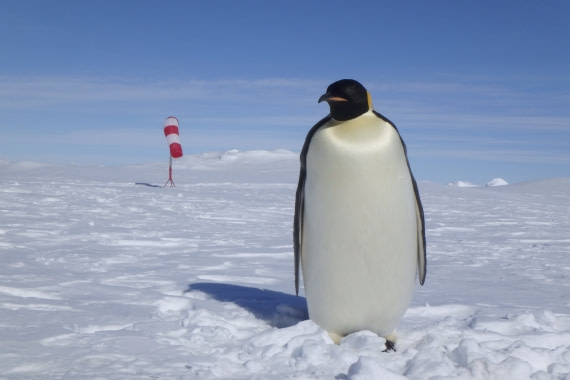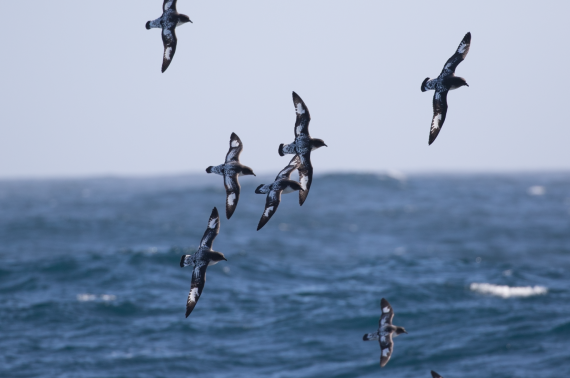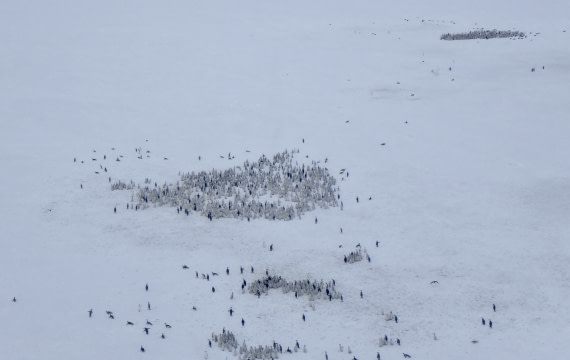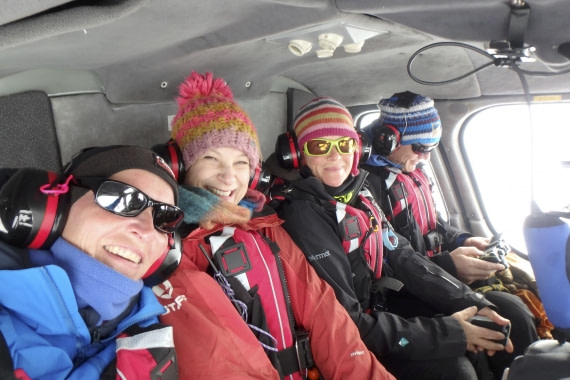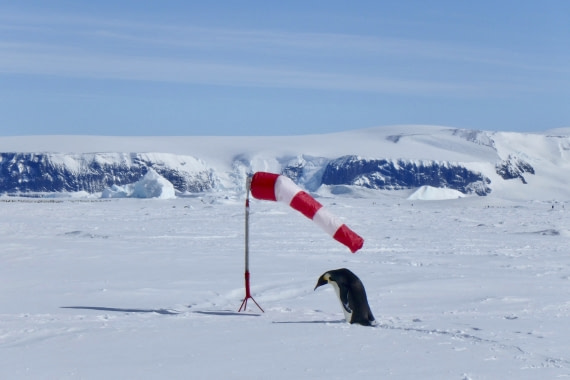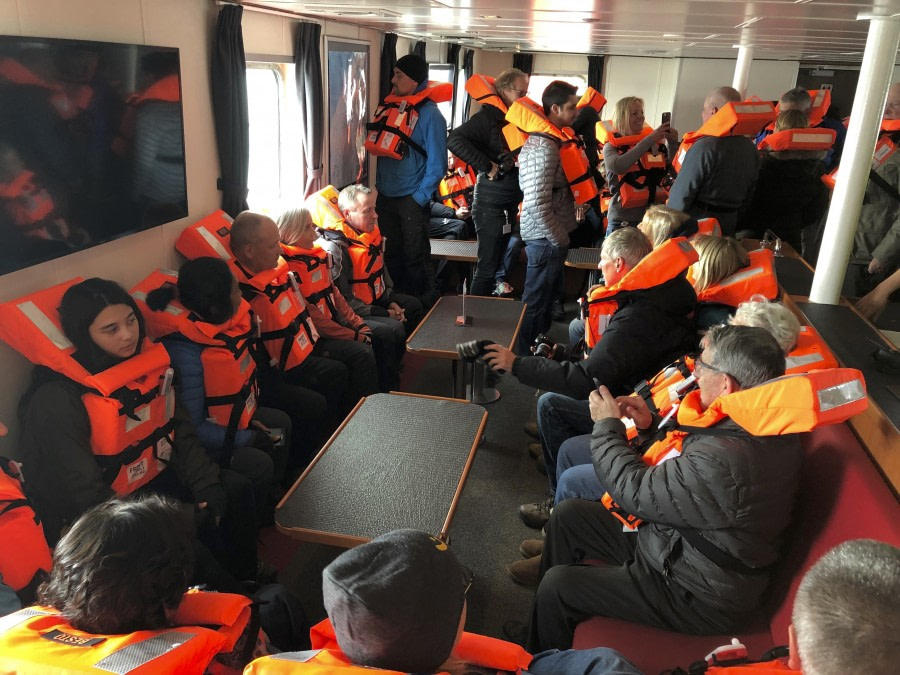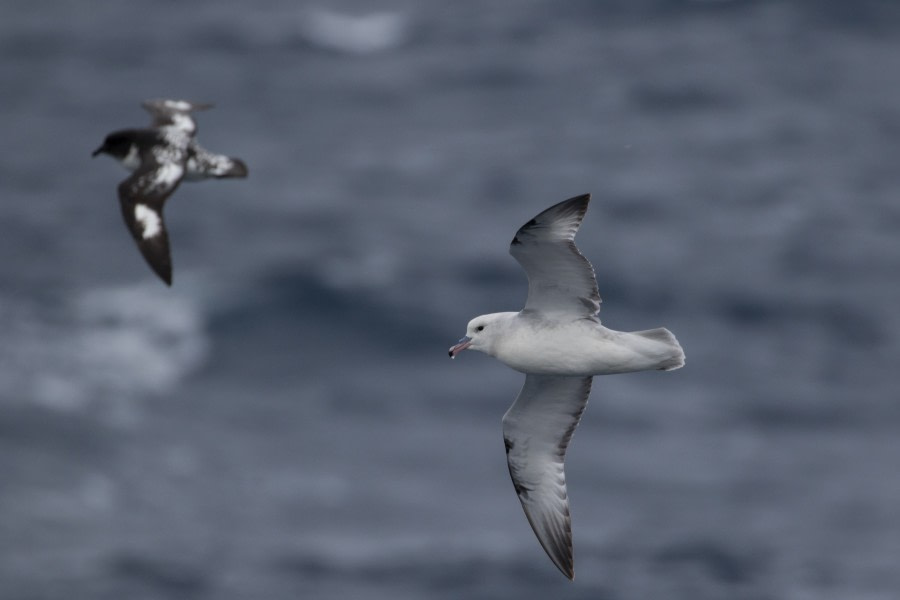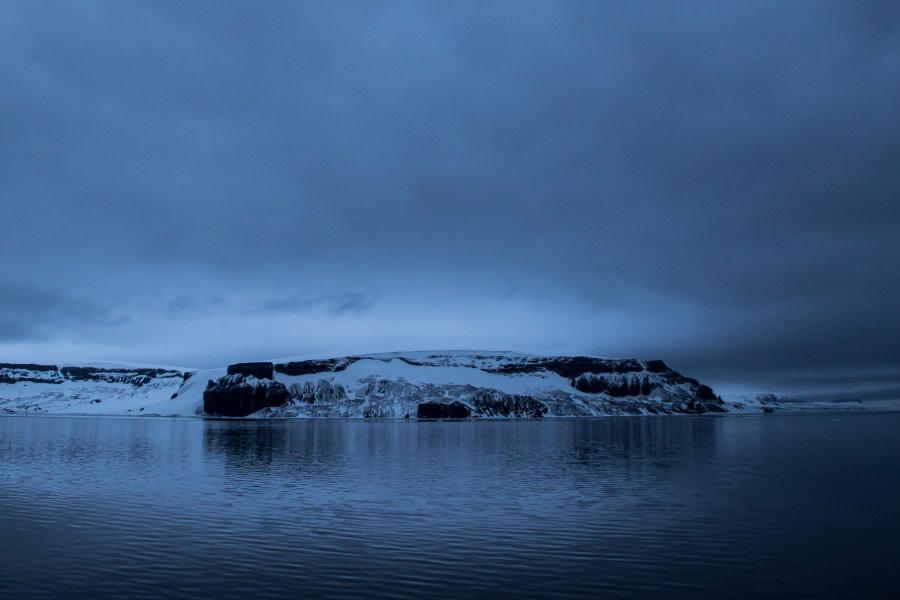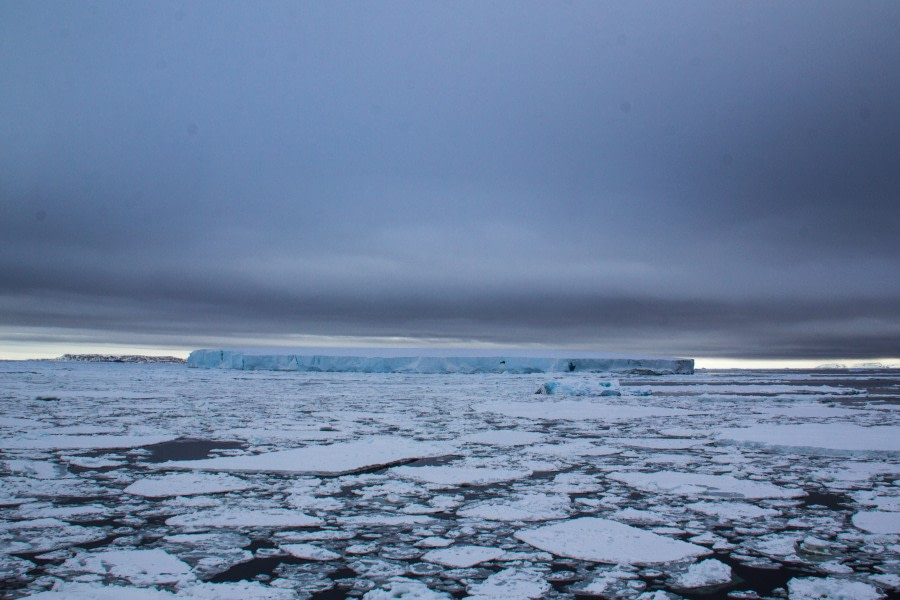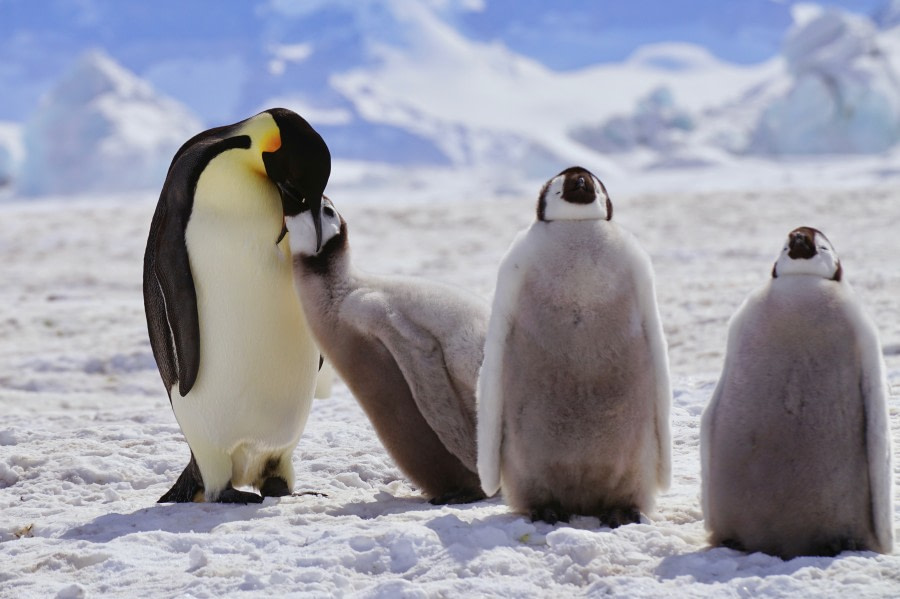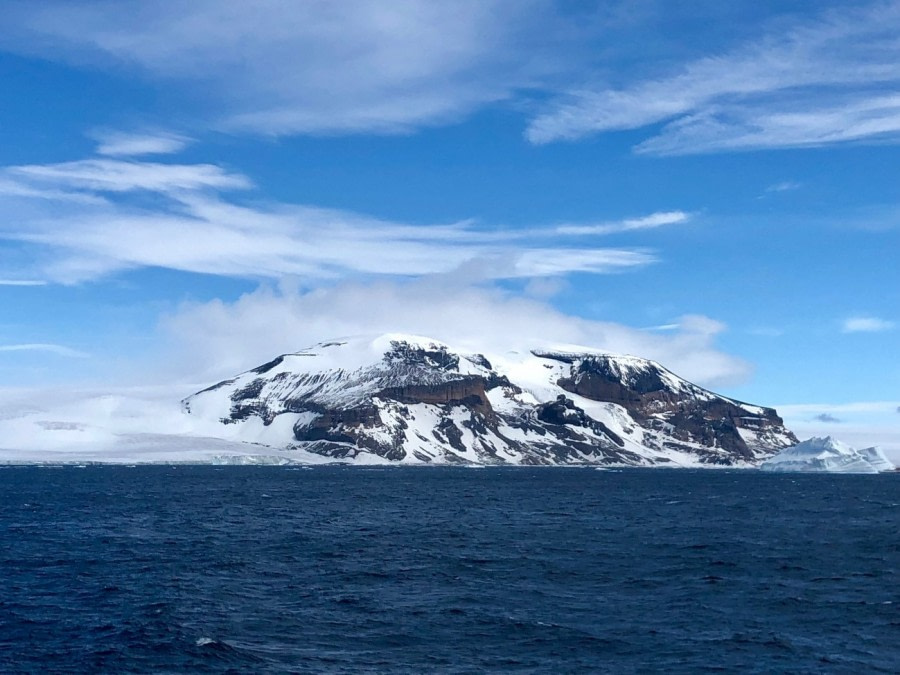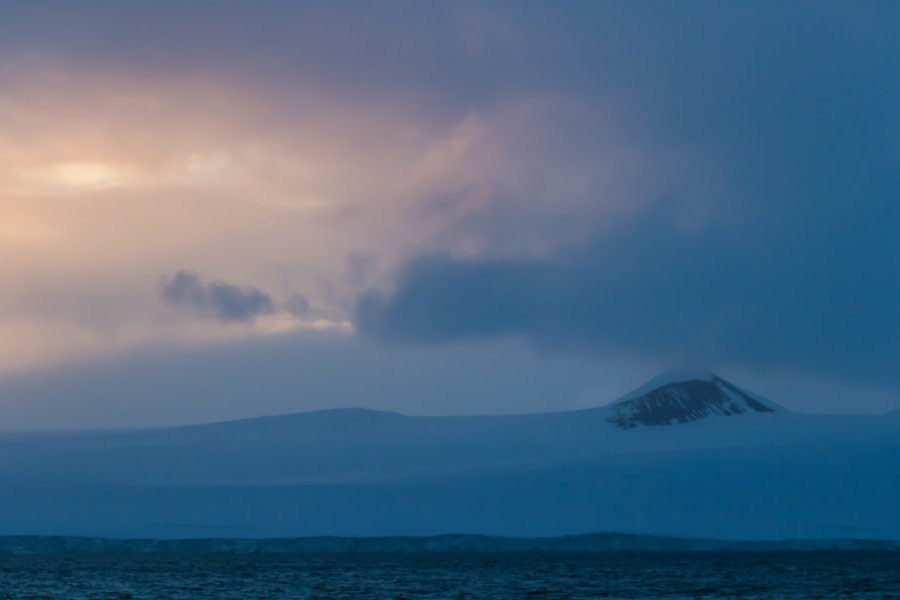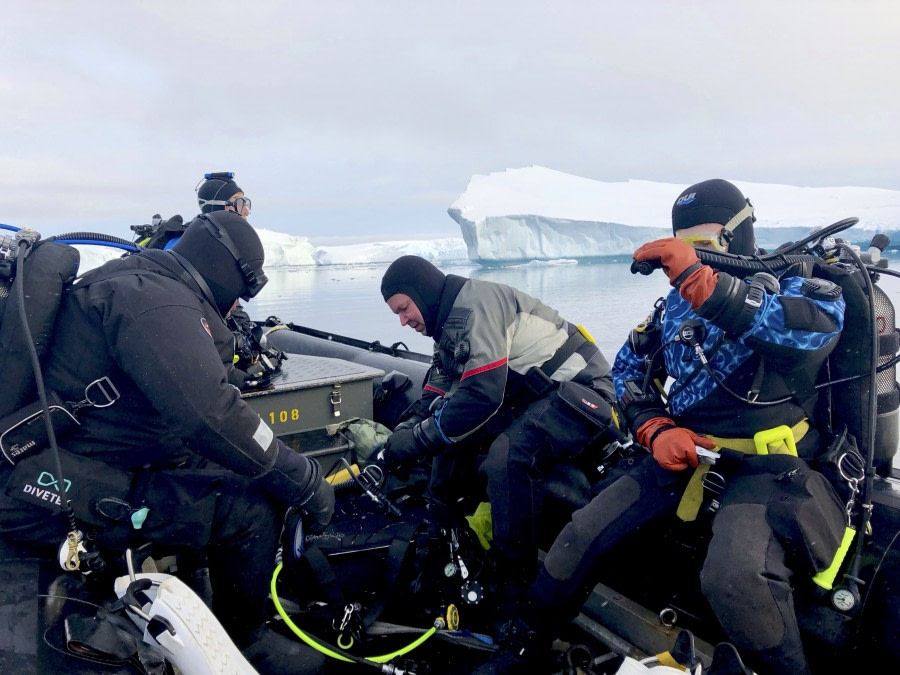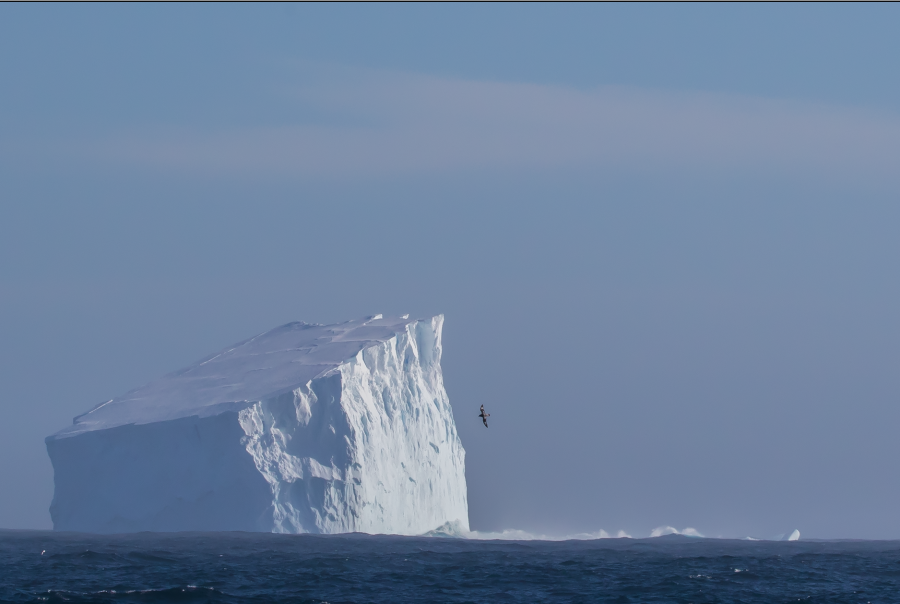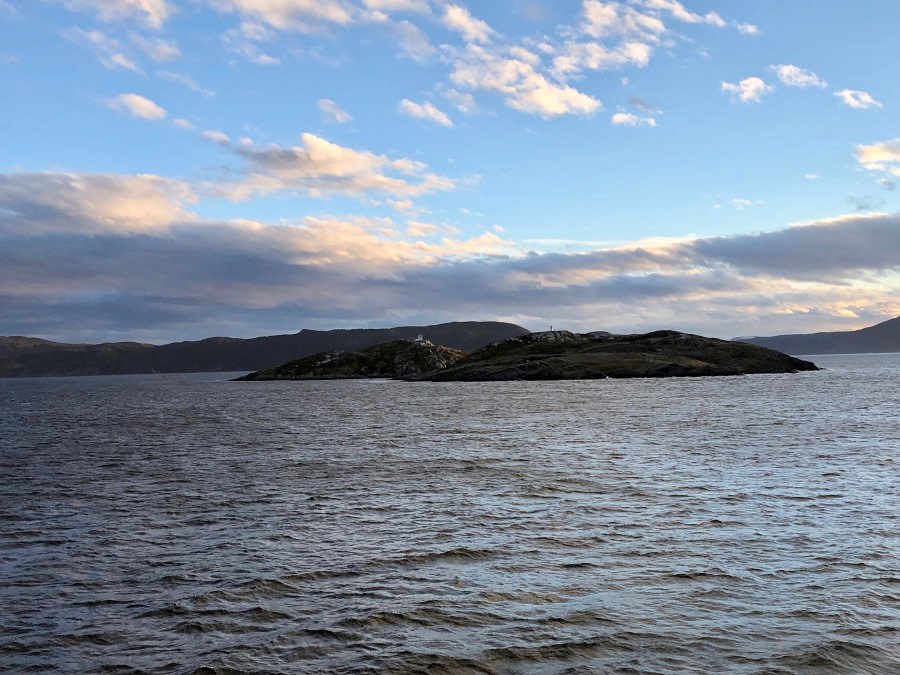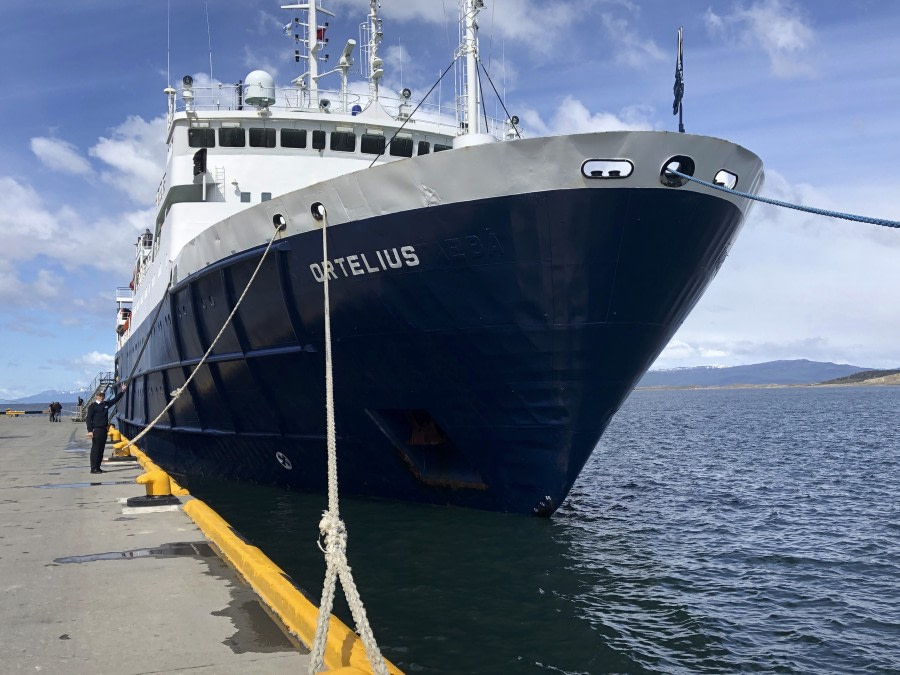| Datum: | 18.11.2018 |
| Positie: | 54°51.1‘S, 068°01.4‘W |
| Wind: | SW 2 |
| Weer: | cloudy |
| Luchttemperatuur: | +12 |
It was early afternoon on Ushuaia dock when the first new passengers arrived to board the Ortelius. The expedition staff mingled with the guests on the dockside or directed them up to the Reception Desk where DJ and Alex welcomed them and checked them in. After a brief period to settle in and familiarise themselves with the ship, all guests were invited to the Lecture Theatre for the compulsory safety talk with the Chief Officer, followed by a meeting in the Lounge Bar where DJ and Alex did the roll call of names for the abandon ship drill. Passengers put on their lifejackets for the first (and hopefully last time) before moving to their appropriate life boat. Whilst this was going on the Ortelius had already moved away from the dock and into the Beagle Channel ready to take the helicopters on board. There was much excitement and anticipation when the helicopters approached, circling the Helideck one at a time so that they could land between the wind gusts. As each landed, the pilots stripped down the rotors and each was set up on a wheeled cradle so they could be rolled int the Helihangar, a delicate operation and a tight squeeze. Once they were on board, the crew re-erected the deck safety rails again in well-practiced operations. Heading out through the Beagle Channel, the Ortelius made her way out to open ocean surrounded on both sides by mountains. At 6:00pm the passengers were once again invited up to the lounge for Captain’s cocktails. First of all, DJ ran through a list of domestic details and meal times, then Captain Ernesto introduced himself to the crowd giving his thoughts on the first time he saw Antarctica. He exhorted us all to make sure we really took in the sights and sounds of Antarctica with our own eyes and not always through the lens of a camera. Next up Lynn introduced herself as Expedition Leader before introducing her expedition staff all with their own anecdotes about how they “caught the Antarctica bug”. After all the introductions were out of the way, it was time for dinner in the dining room. A wonderful three course meal was served by DJ and his team, much to the delight of all those new aboard. After dinner, the divers met for a short ‘’pre-briefing’’ briefing whist others went up on deck to enjoy a beautiful sunset and to draw deeply on the last of the green and earthy smells of the South American continent. The doctor invited people to come and see her about the impending lumpy crossing and managing sea sickness over the infamous Drake Passage. Armed with drugs and information the passengers retired for the evening to spend their first night with their new cabin mates on this new adventure.

